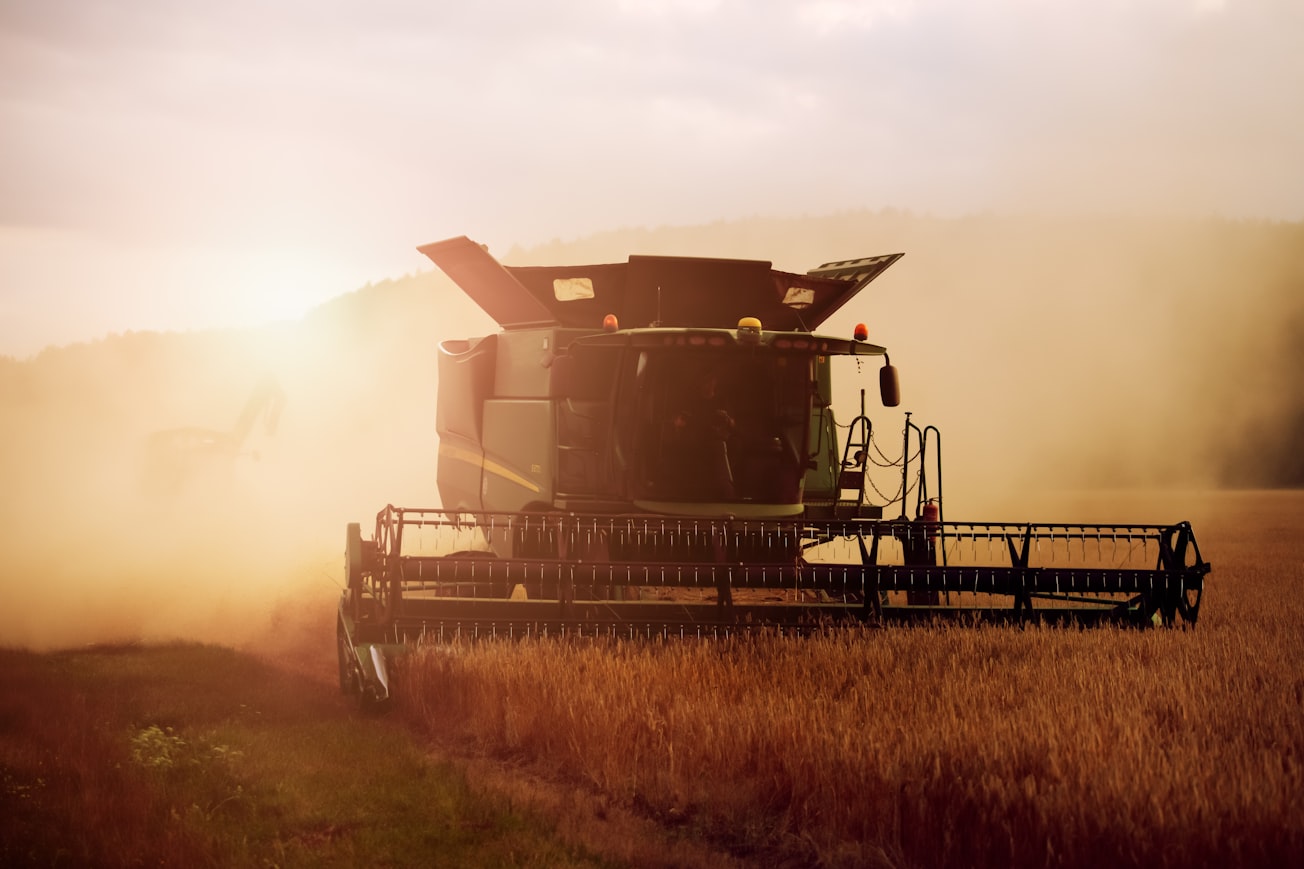What is it about?
The release of greenhouse gases (GHGs) into the atmosphere is a primary cause of global warming. These gases include carbon dioxide, nitrous oxide, and methane. The farming sector in Australia emits large amounts of GHGs, especially nitrous oxide. These emissions can be lowered by on-site practices that absorb atmospheric carbon into the soil and lower the release of nitrous oxide from the soil. But absorbing carbon in soil increases nitrous oxide emissions. This makes it difficult to reach the overall target of reducing an adequate amount of GHGs. A study checked if the on-site practices in grain cropping sites of New South Wales were enough to reduce the net release of GHGs. The authors identified practices that can achieve these goals. They used a simulation model to predict the effects of these practices after 25 and 100 years. They found that currently, the absorption of carbon in soil does not make up for the release of nitrous oxide to reduce net emissions. The model predicted that for land that gets water from rain, planting summer crops and rotating the type of crops routinely would lower net GHG emissions after 25 years. After 100 years, planting summer crops alone would lower these emissions. For manually irrigated land, planting summer crops and reducing the use of nitrogen-based fertilizers would reduce the net GHG release in some sites after 25 years. After 100 years, reducing the use of nitrogen-based fertilizers would be more effective.
Featured Image

Photo by Robert Wiedemann on Unsplash
Why is it important?
Certain on-site practices described in the study can help in reducing the net emissions of GHGs in the future. The simulation approach used here will be useful to measure the effect of other practices in the future, in varying climates, and in different soil and crop types. This will help the farming sector reduce net GHG emissions and reach their targets. KEY TAKEAWAY: Specific on-site farming practices like planting summer crops and reducing fertilizer use can achieve an adequate reduction in GHG emissions. These findings will help streamline GHG reduction measures for land with diverse soil types and in varying climates.
Read the Original
This page is a summary of: Can management practices provide greenhouse gas abatement in grain farms in New South Wales, Australia?, Crop & Pasture Science, January 2017, CSIRO Publishing,
DOI: 10.1071/cp17026.
You can read the full text:
Resources
Contributors
Be the first to contribute to this page







